This year’s cold, wet spring was followed by a hot, dry summer and that spelled trouble for lawns. If you’ve noticed some dead patches or more weeds (like ragweed and nutsedge) than usual, you’re not alone.
Although spring is a popular time for lawn renovation, fall is even better. Summer’s heat and drought have ended and the cooler temperatures and warm sun and soil help grass seed germinate quickly. This is a good time to assess your carpet of green.
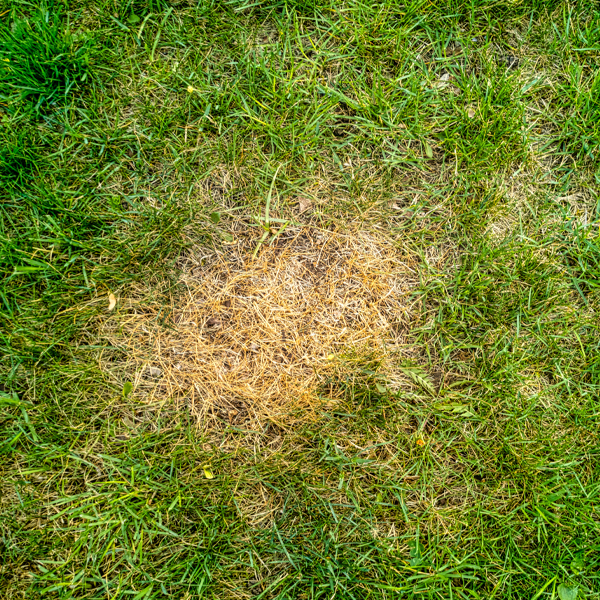
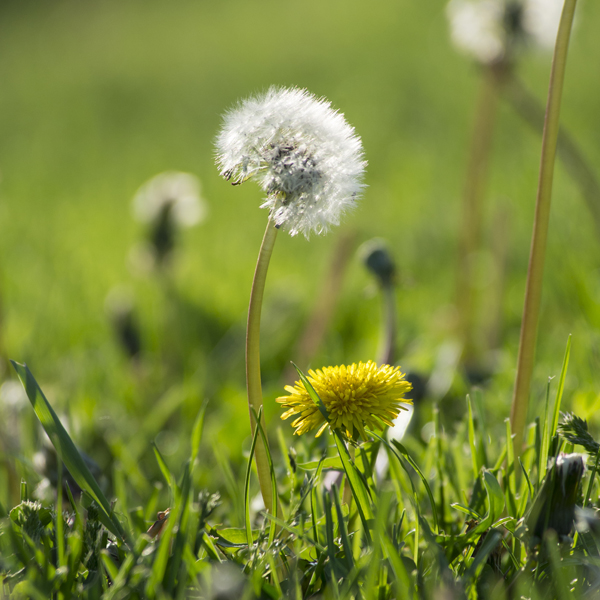
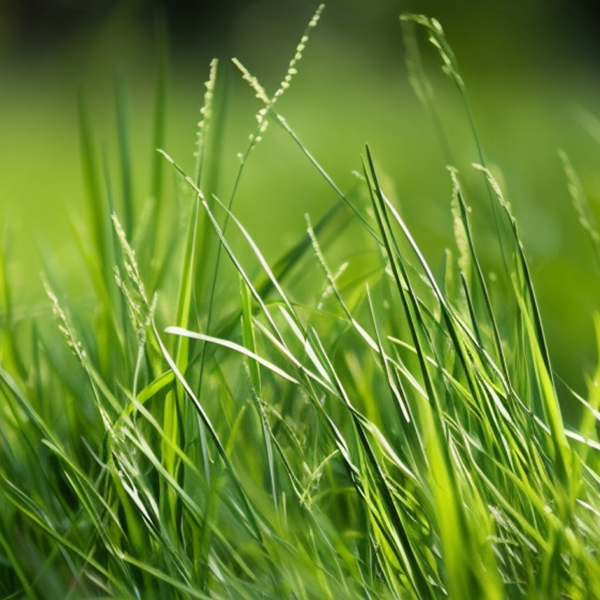
Common Lawn Problems
Brown patches and ring spots are due to diseases that attacks grass roots, leaving unsightly dead zones in the lawn. Problems such as summer patch and brown patch are most active in hot weather. Necrotic ring spot is active in late spring and again in fall. The symptoms include crescent-shaped or circular patches of dead grass. Clumps of green grass may appear in the center of the patch. The lawn may show irregular dead areas or streaks. Correct soil problems and implement proper cultural practices (such as proper watering and mowing methods), and sow grass seed over the dead areas to address these diseases.
Got Weeds?
Weed control is another fall lawn task. When the summer heat subsides in late August, weeds start to grow actively again, taking nutrients into their root systems. If the lawn is small, you can pull weeds by hand—it's efficient, safe, and effective. A dandelion weeder is handy for this task. When a lawn is already stressed, it’s better to wait before using strong herbicides. Next spring, you can apply a pre-emergent herbicide to target particularly invasive weeds. Read about ecofriendly lawn care.
Don’t Mow Low
When cutting the lawn, set the mower so that the grass is 2 to 2½ inches tall. Better yet, leave it longer. For the health of your lawn, the ideal height is about 3 inches. A taller lawn creates deeper roots, does a better job at holding moisture, and deters weeds. When you leave grass clippings on the lawn, they’ll return nutrients to the soil. Untreated clippings can be added to a compost pile. Heavy, wet clippings should be removed from the grass. If you are sowing grass seed, do not use a pre-emergent weed killer in the same area.
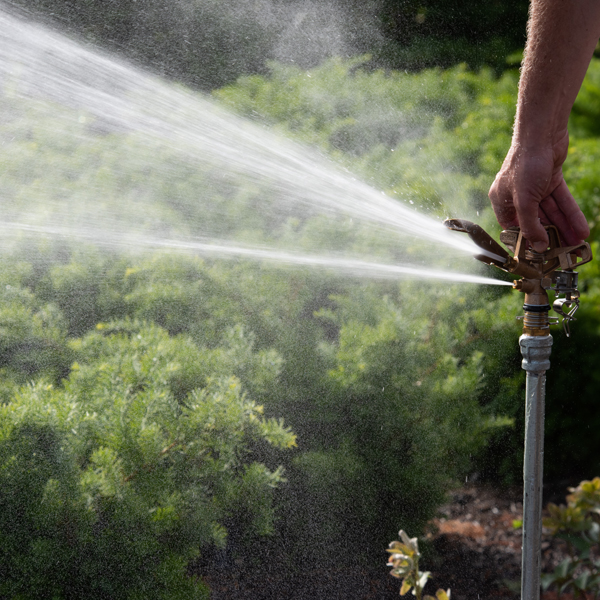
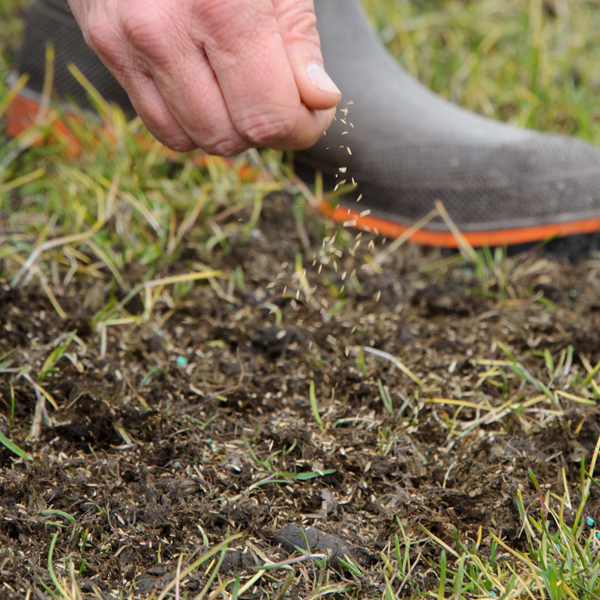
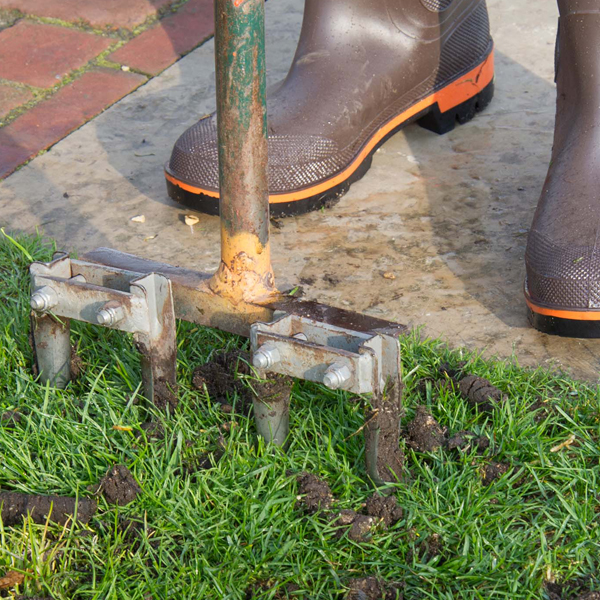
Watering
Fall weather sometimes brings dry spells. Like other plants, grass benefits from regular moisture. Water deeply and allow soil to dry out before watering again. This encourages lawns to develop a healthy root system before going dormant in late fall. The healthiest lawns get enough water at one time to moisten the top 6 inches or so of soil. Generally, an inch of water a week is what actively growing lawns need, more if the weather is especially hot or windy.
Fertilizing
Although mid-May is a popular time to fertilize lawns, fall is preferable. If it’s not done in September, it can be done in October. Use a slow-release, organic fertilizer—the label may say 4-1-2 or 3-1-2, which is the fertilizer ratio. The final dose of high-nitrogen fertilizer is applied in November. This late treatment will help the grass to green up faster in spring.
Seed Sowing
Fall is a good time to renovate existing turf. Cultivate those bare patches, and sow seeds with a grass mix suitable for sun or shade conditions. At the Garden, we have found success with a mix of 80 percent bluegrass and 20 percent perennial rye, and within that is a blend of five different bluegrasses and three perennial ryes.
Aeration
Once new grass is established this fall, consider using core aeration. Aerating loosens the soil, increases drainage, encourages good rooting, and limits thatch. Thatch is an accumulation of dead and decaying plant matter between the leaves and the root system. It prevents water and food from getting to the roots. When thatch accumulates, healthy grass roots grow up in the thatch layer. Because that layer won’t hold water, the plants begin to dry out and that causes brown spots in the lawn. Aerate in late spring or fall, and follow up with overseeding.
Nina Koziol is a garden writer and horticulturist who lives and gardens in Palos Park, Illinois.

